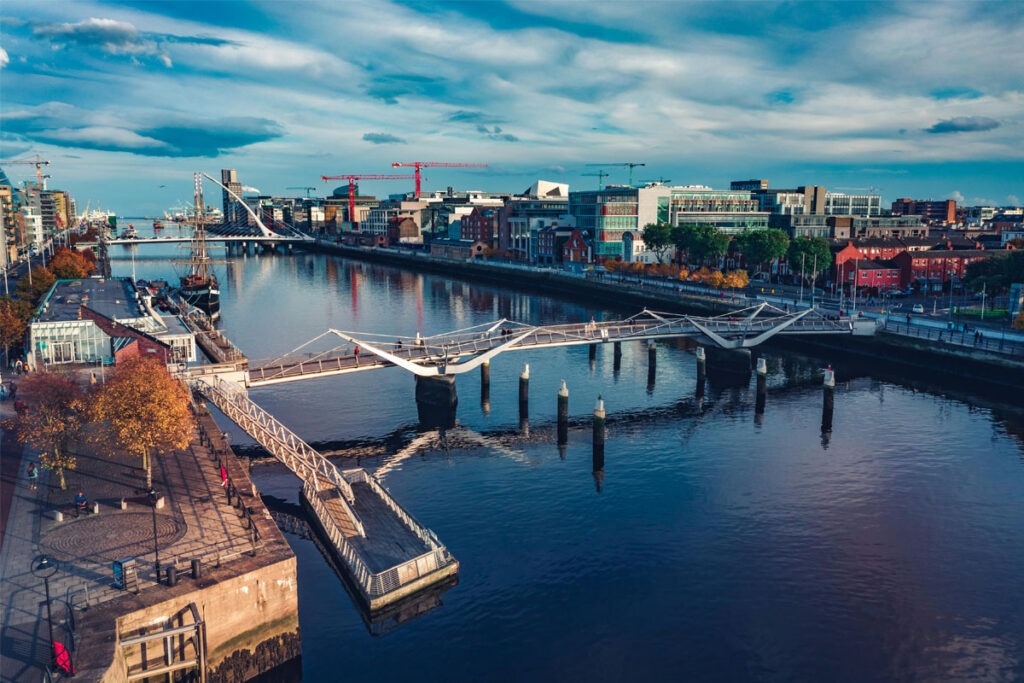Dublin to Ban Driving Through Its City Center

Dublin Ireland
This year, Dublin will become the latest European capital to bar through-traffic from its city center. In a bid to clear the roads and clean the air at its core, Ireland’s largest city is beginning a process of replanning central streets so that private cars and commercial trucks will be allowed access only if their final destination is downtown.
By displacing vehicles merely passing through on their way to somewhere else to beltways further out, the plan promises to both ease current traffic congestion and allow for the creation of new pedestrian streets and plazas that will make Dublin’s heart an altogether more pleasant place to linger. The plan set a goal of a 60% traffic reduction in the urban center.
The tools used to achieve this are fairly simple: two “bus gates” on either bank of the River Liffey will prevent private vehicles from crossing, and several streets will be reconfigured so that vehicles traveling into downtown are routed along loops that ultimately direct them back out in the same direction.
The proposal echoes vehicle restrictions underway in other European Union cities, such as Paris, Amsterdam and Lisbon. And like city leaders elsewhere, the architects of the Dublin plan invoke the “15-minute city” concept — which aims to allow residents to access all major destinations within a 15-minute walk or bike ride — as a key goal.
More than 80% of 3,500 respondents in a public consultation published Feb. 7 said they backed the new zone, a ringing endorsement for a city that hitherto has not had a strong reputation for progressive urban policy.
As we previously reported here, in 2020 Ireland committed to spend 20% of their transport budget on walking and cycling, which is a vastly higher percentage than any Australian state or territory currently allocates. Apparently the Irish national government initially found it challenging to meet this target, in part due to some resistance from certain local governments and general inertia.
But it appears that they have been persisting and gaining momentum.
A longer version of part of this article was first published by Bloomberg.
